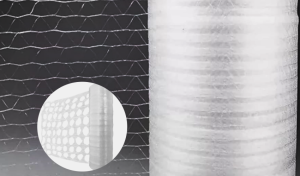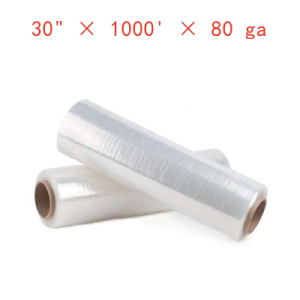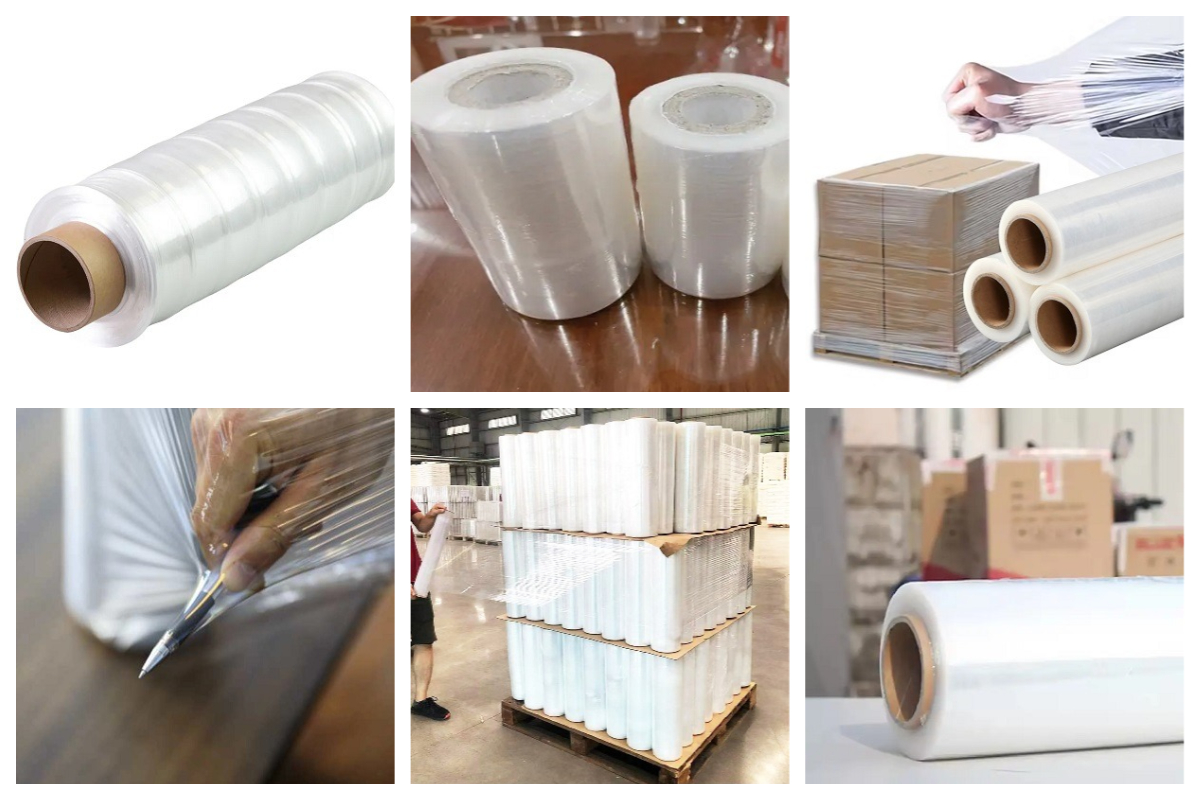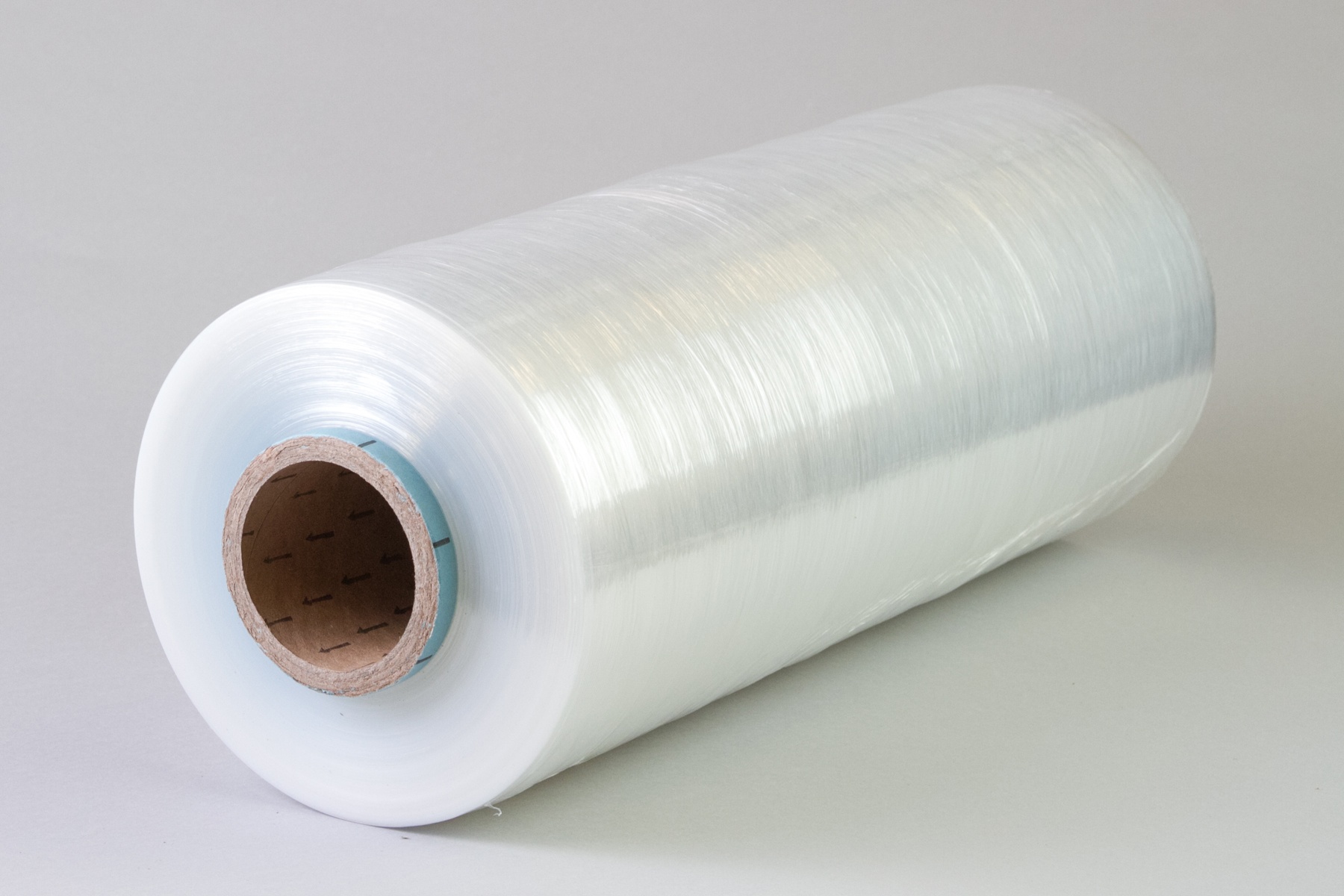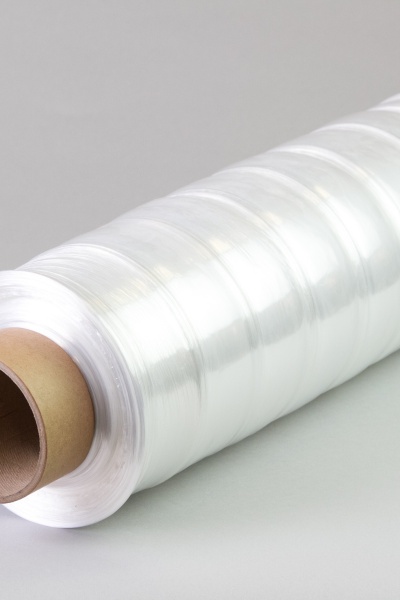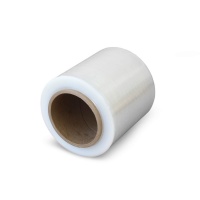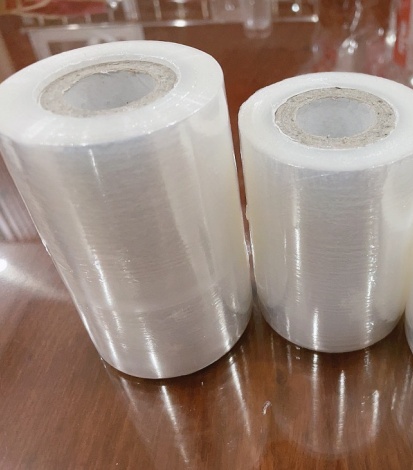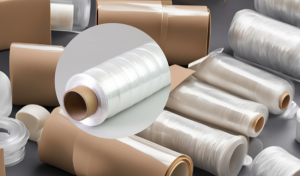Definition: A type of stretch film that has been mechanically stretched during manufacturing to near its maximum stretch potential.
Application: Applied by wrapping around products or pallets with minimal additional stretching required during application.
Stretch Wrap
Definition: An elastic plastic film that stretches when applied, providing tension that holds items together.
Application: Applied by manually or mechanically stretching the film around products or pallets, relying on the film’s elasticity to secure the load.
Shrink Wrap
Comparative Analysis
Application Methods
Pre-Stretch Film
Ease of Use: Requires less physical effort as it doesn’t need to be stretched much during application.
Equipment: Can be applied manually or with standard stretch wrapping equipment without modifications.
Stretch Wrap
Physical Effort: Requires significant force to stretch the film during application.
Equipment: May require specialized machinery for efficient application, especially for high-volume operations.
Shrink Wrap
Heat Application: Necessitates heat guns or tunnels to shrink the film after wrapping.
Process Time: Generally slower due to the additional heating step.
2. Material Usage and Cost Efficiency
Pre-Stretch Film
Material Savings: Uses less film due to pre-stretching, leading to cost savings.
Consistent Tension: Provides uniform wrapping with less material.
Stretch Wrap
Higher Material Consumption: More film may be used to achieve the desired tension and stability.
Variable Stretching: Inconsistent stretching can lead to uneven tension and higher material usage.
Shrink Wrap
Material Thickness: Often thicker to withstand the heat-shrinking process.
Cost Implications: Thicker film and additional energy costs for heating can increase overall expenses.
3. Load Stability and Protection
Pre-Stretch Film
Consistent Containment: Offers reliable load stability due to uniform tension.
Puncture Resistance: Generally lower than thicker films but sufficient for many applications.
Stretch Wrap
Customized Tension: Allows for varying degrees of tension based on how much the film is stretched during application.
Durability: Thicker options available for heavy or irregular loads.
Shrink Wrap
Tight Fit: Conforms closely to the product, providing excellent protection against dust and moisture.
Unitizing Small Items: Ideal for bundling smaller items together securely.
4. Operator Efficiency and Safety
Pre-Stretch Film
Reduced Fatigue: Less force needed reduces worker strain and risk of injury.
Ergonomics: Lighter rolls improve handling and application speed.
Stretch Wrap
Physical Demands: Higher effort required can lead to fatigue and potential injuries.
Training Needed: Operators may require training to apply the correct tension.
Shrink Wrap
Heat Risks: Use of heat presents safety hazards like burns.
Protective Equipment: Operators need appropriate safety gear and training.
5. Environmental Impact
Pre-Stretch Film
Less Waste: Reduced material usage contributes to lower environmental footprint.
Recyclability: Often recyclable, aligning with sustainability initiatives.
Stretch Wrap
Higher Material Use: More plastic waste generated due to greater material consumption.
Recycling Options: Recyclable, but higher volumes of waste to manage.
Shrink Wrap
Energy Consumption: Additional energy required for heating increases environmental impact.
Material Waste: Thicker films result in more plastic waste.
6. Clarity and Inspection
Pre-Stretch Film
High Transparency: Facilitates easy inspection and barcode scanning.
Stretch Wrap
Variable Clarity: Depending on thickness and type, may be less clear than pre-stretch films.
Shrink Wrap
Excellent Clarity: Provides a tight, clear cover ideal for retail displays and product visibility.
7. Equipment and Operational Costs
Pre-Stretch Film
Equipment Wear: Less tension reduces wear on machinery.
No Special Equipment Needed: Compatible with existing stretch wrap equipment.
Stretch Wrap
Machinery Investment: May require advanced equipment for optimal application.
Maintenance Costs: Higher tension can lead to increased equipment wear.
Shrink Wrap
Specialized Equipment: Requires heat guns or shrink tunnels.
Higher Operational Costs: Energy costs for heating and equipment maintenance.
